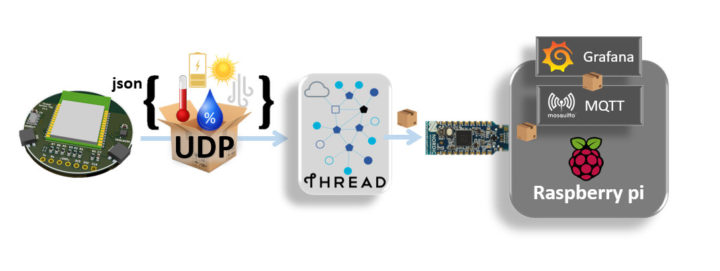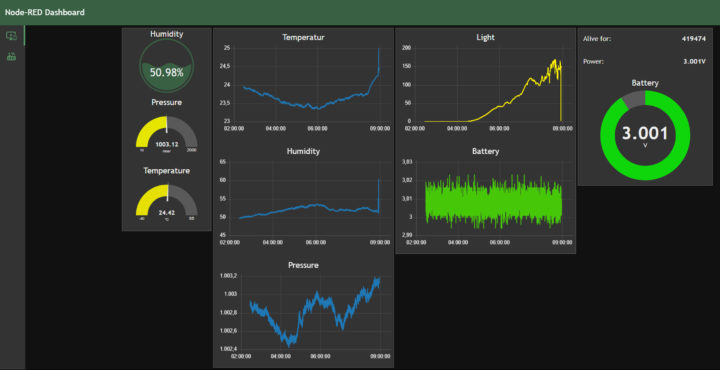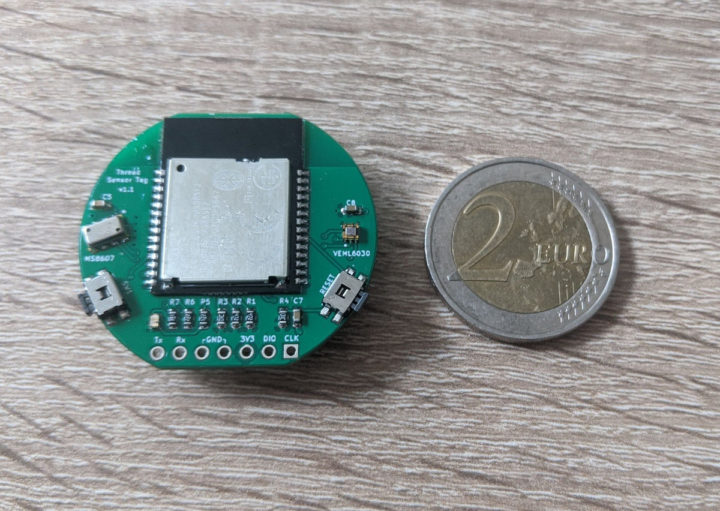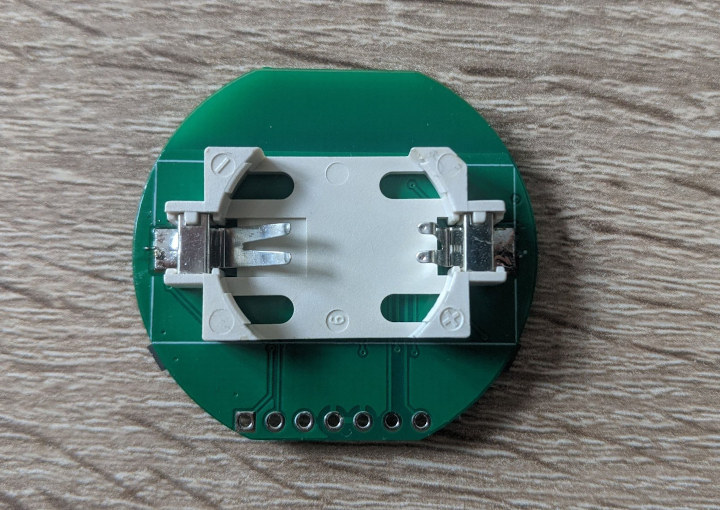Monkey Store’s Thread Sensor Tag is a pressure, humidity, temperature, and light sensor that connects to the OpenThread network, and is capable of transmitting MQTT/UDP data every 20 seconds over a period of around three years from a single coin cell battery.
As a reminder, OpenThread is an implementation of the Thread IoT network protocol that was unveiled in 2016 by Nest Labs (now Google/Alphabet). This has not been widely used so far, but we did write about MKR SharkyPro development board with OpenThread support via STMicro STM32WB5MMG wireless module earlier this year, and Monkey Store is telling us both Google and Apple are working on devices with support for the IoT protocol.
Thread Sensor Tag specifications:
- Wireless module – Minew MS88SF2 based on Nordic Semi nRF52840 multi-protocol 2.4GHz wireless Cortex-M4 microcontroller
- Sensor
- VEMLS6030 I2C light sensor
- MS8607 pressure, humidity, and temperature sensor
- I/Os – 7x through holes with Tx/Rx, 1x GPIO, 3.3V, GND, and CLK signals
- Misc – RGB LED, user and reset buttons
- Power – Coin cell battery
- Power Consumption
- Deep sleep – 3.19µA
- Sensors acquisition – 54 µA
- Wakeup cycle 1.7 sec including RF – 125 µA
- Dimensions – 36×33 cm
We’ve said the board transmits sensors’ data over MQTT/UDP in the introduction. But more exactly, the sensors and battery data is sent over UDP to save power, and a Border Router running a Python script packages them into an MQTT message sent to a platform like Node-RED or an IoT cloud service for visualization and processing.


The Thread Sensor Tag is open-source hardware with the KiCAD design files and Zephyr-based firmware available on Github, and detailed documentation, including how to set up a Raspberry Pi as a Border Router, can be found on the Home Smart Mesh website.
The Thread Sensor Tag used to be sold for $49.95 just two weeks ago, but it can now be purchased for $29.95 on Tindie.
Via Hackster.io

Jean-Luc started CNX Software in 2010 as a part-time endeavor, before quitting his job as a software engineering manager, and starting to write daily news, and reviews full time later in 2011.
Support CNX Software! Donate via cryptocurrencies, become a Patron on Patreon, or purchase goods on Amazon or Aliexpress






